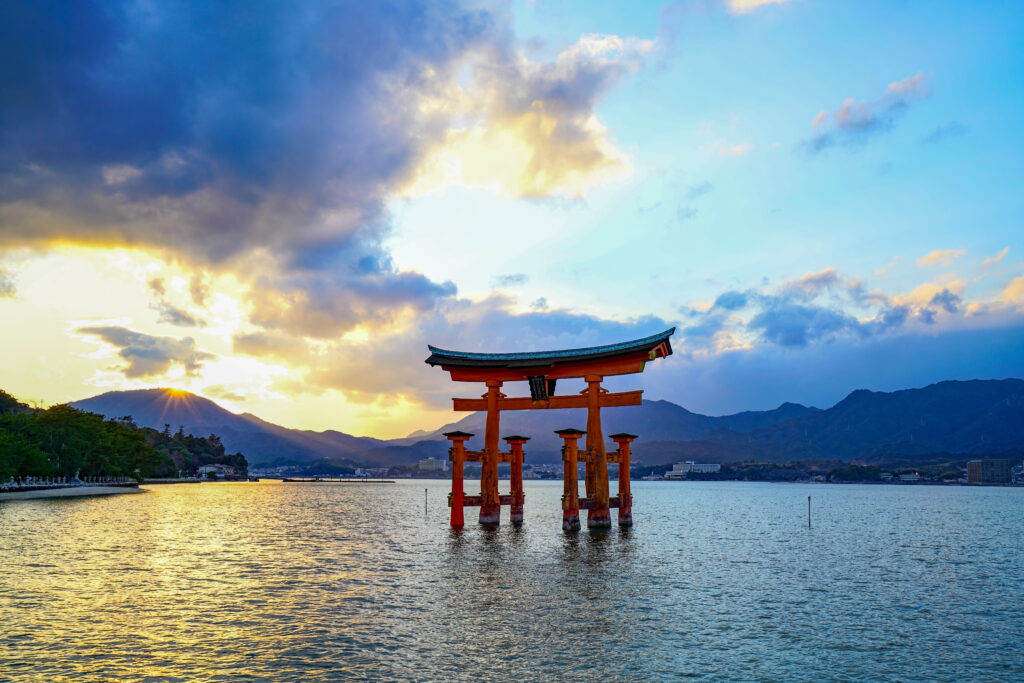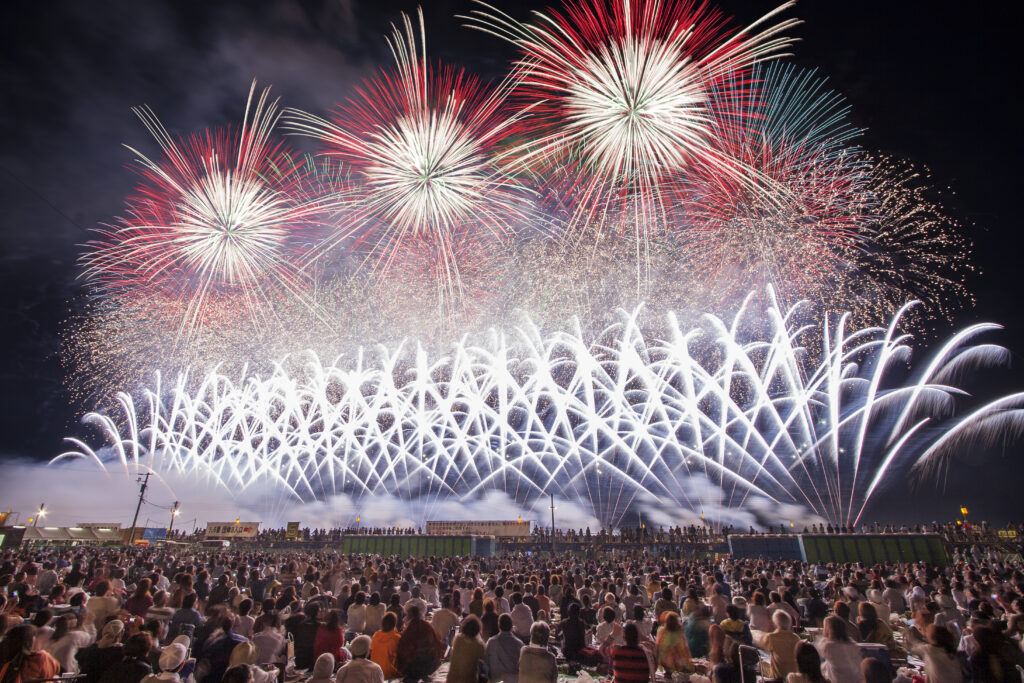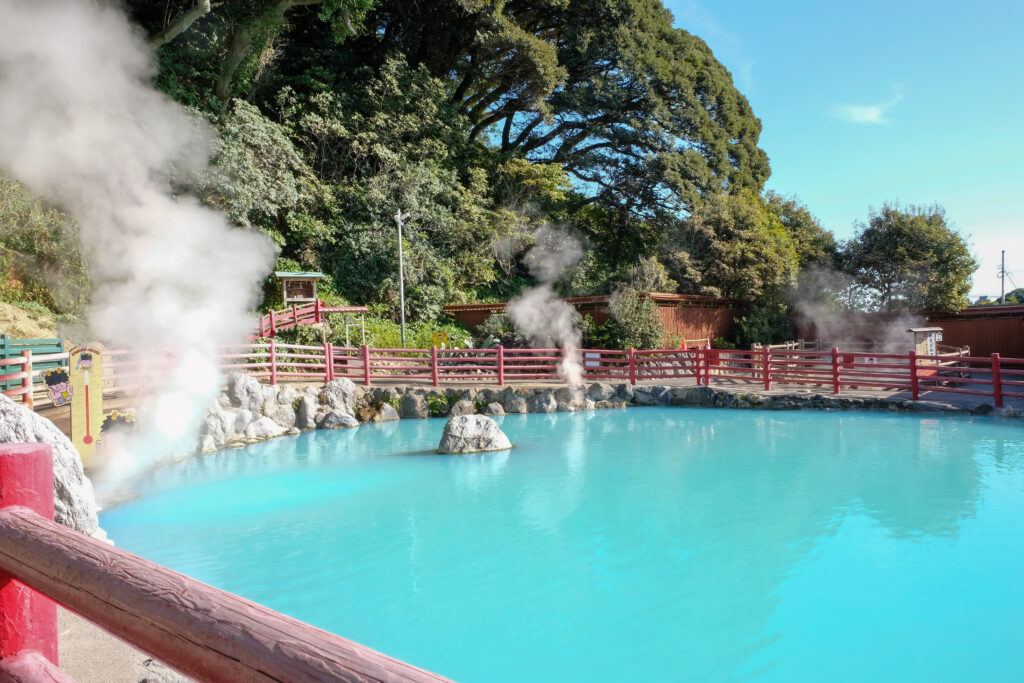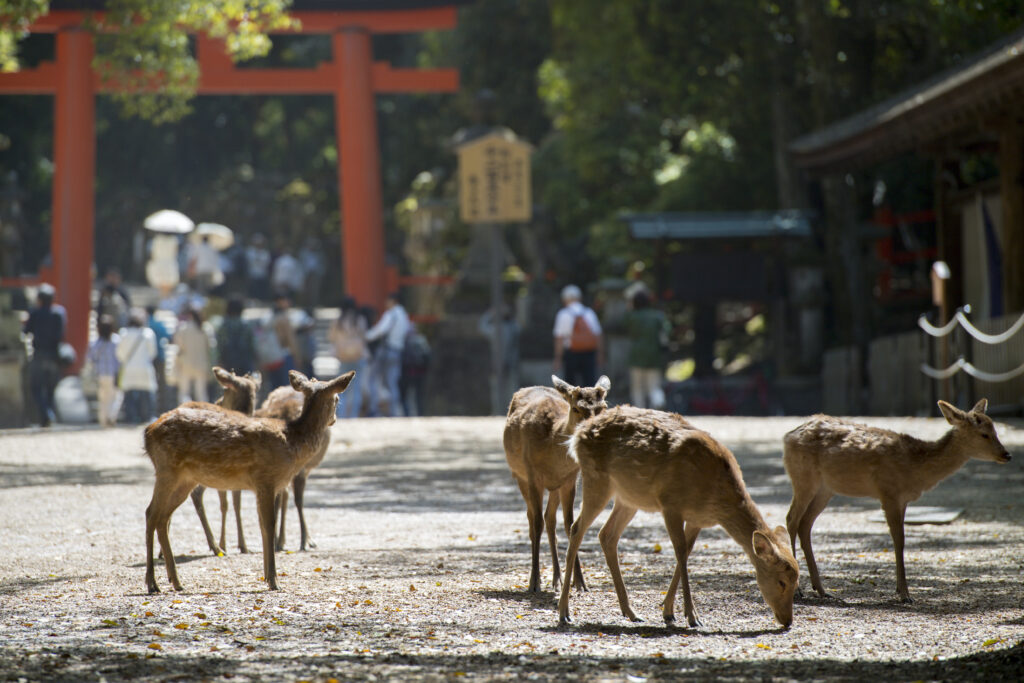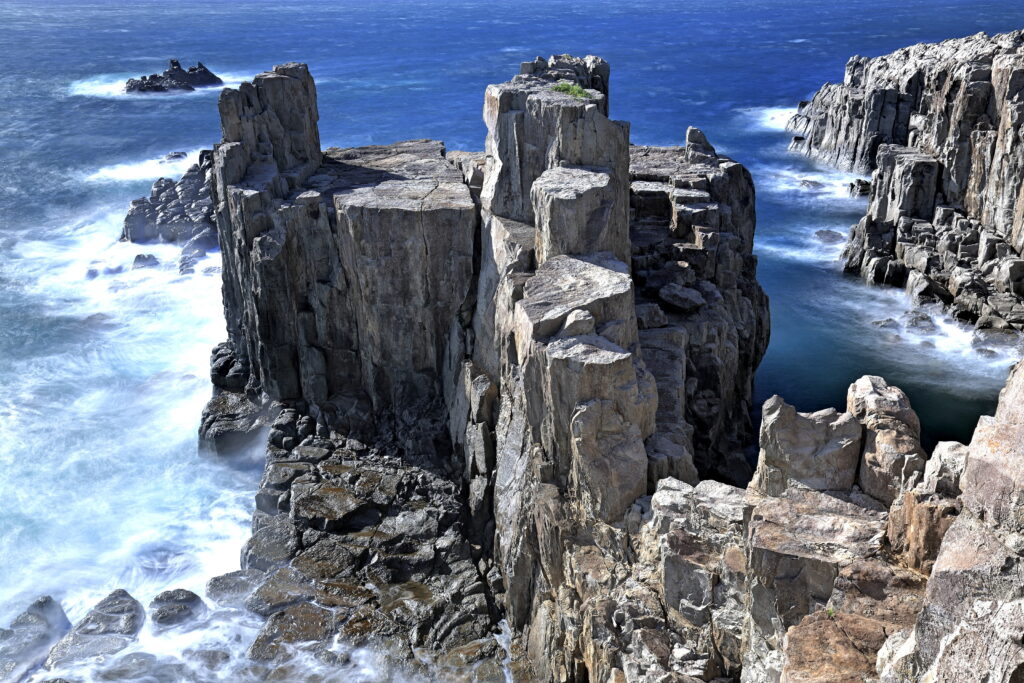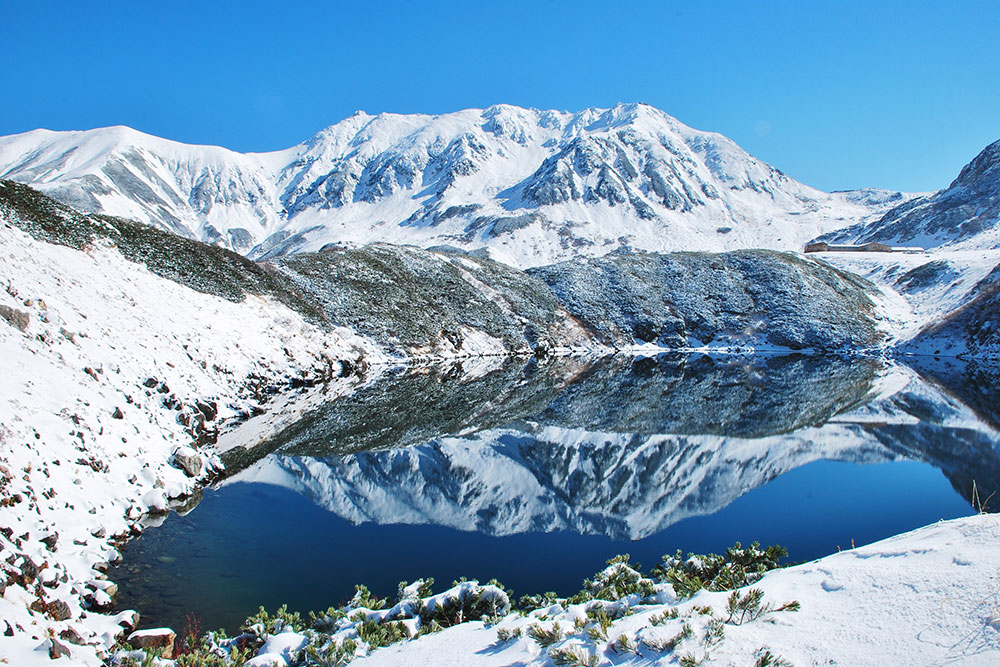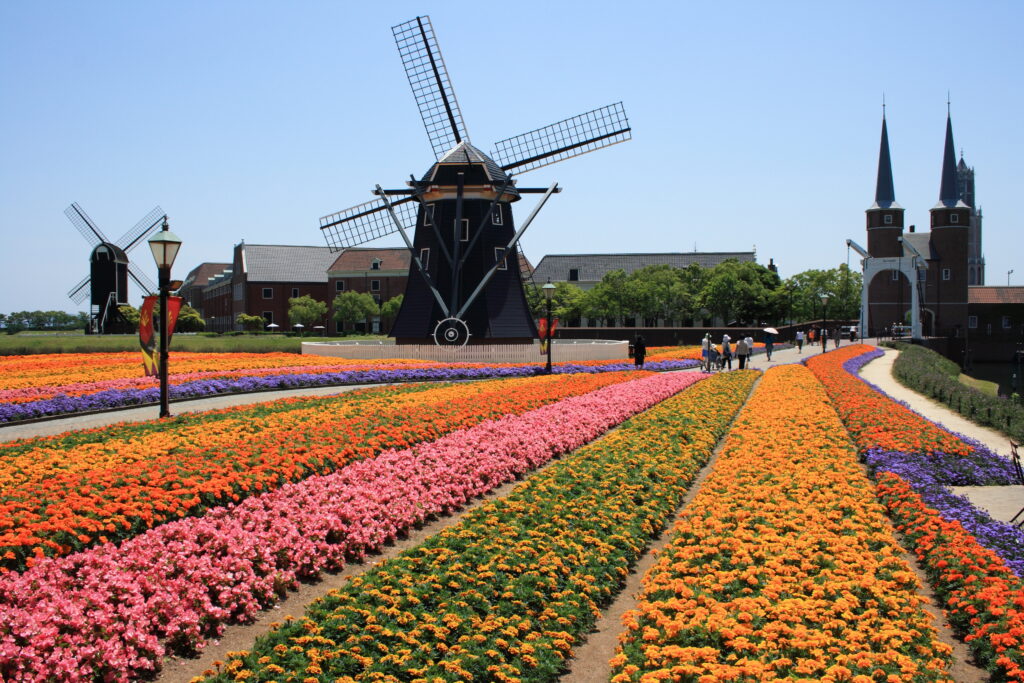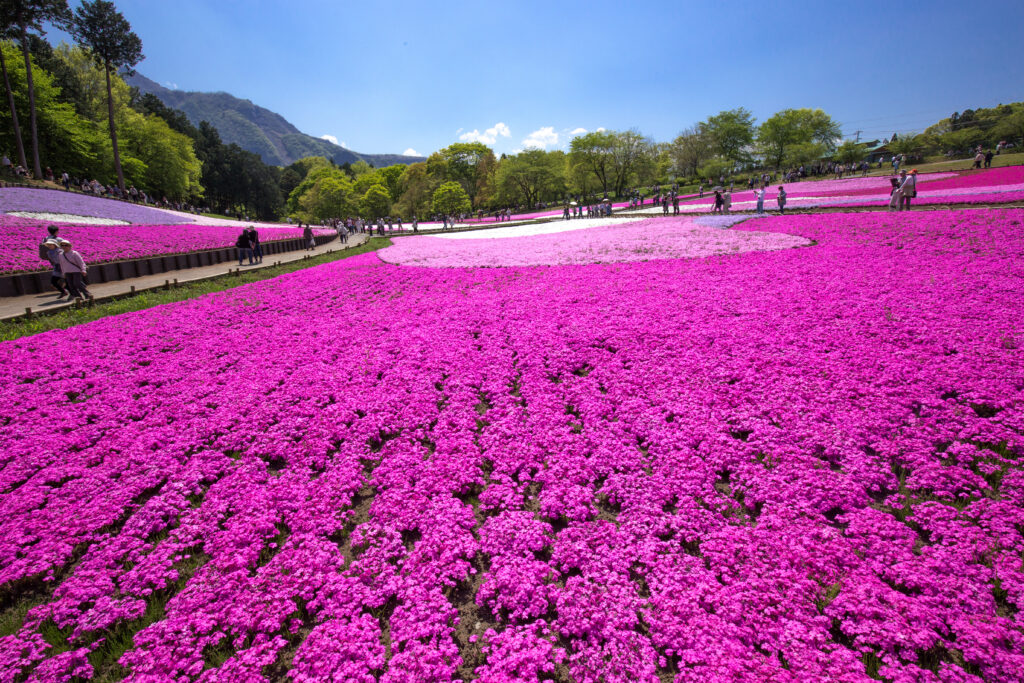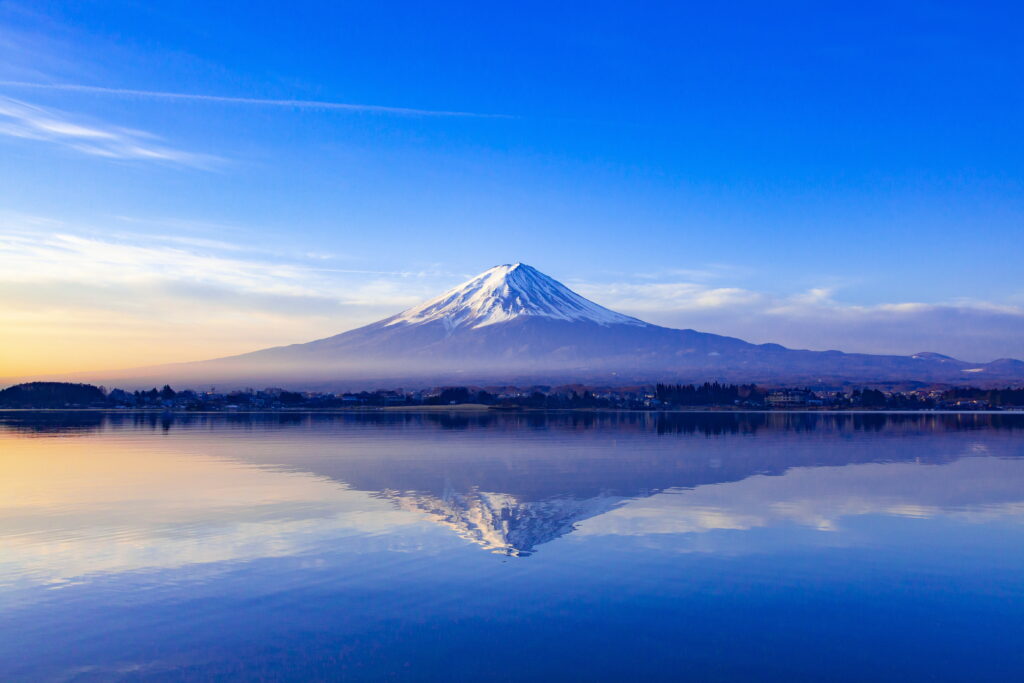
This active volcano straddles Shizuoka and Yamanashi prefectures and is the tallest in Japan.
Its graceful appearance is a symbol of Japan and is known throughout the world.
As an object of worship and a source of artistic inspiration, it was registered as a World Heritage Site in 2013.

